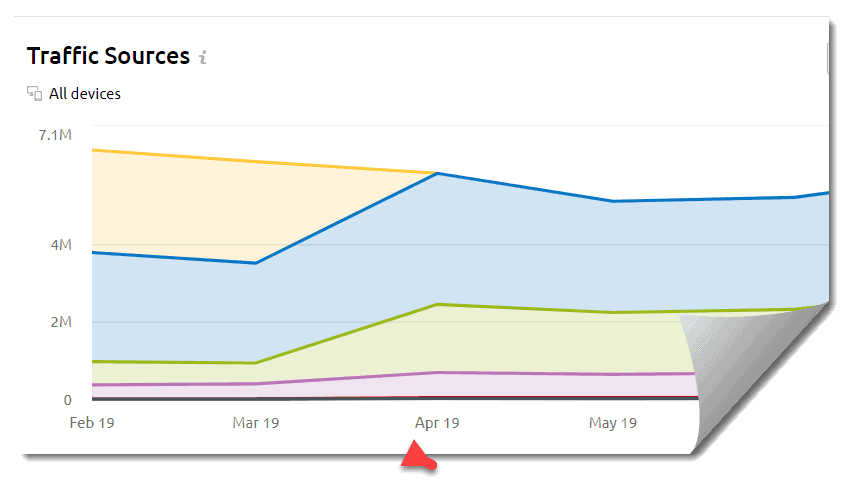Regardless of your industry, the end goal for any website is increased conversions. This could mean an increase in qualified leads or sales, or if you are a non-profit, recruiting volunteers. Both SEO and CRO can help you reach your goals, but few understand how they interplay with one another and where and when to leverage each one.
So, let’s look at how the two work together and against one another and weigh the impact of each on attaining your goals.
Understanding the Terms
Search Engine Optimization (SEO) is the strategy used for increasing your visibility in the search engine results.
Conversion Rate Optimization (CRO) is a strategy used for getting website visitors to complete the next step in the buying process.
The Role of SEO & CRO in Web Design
Ideally, you would use SEO to make it easy for people to find your website and then, once they do, your CRO strategy would move prospects through the marketing funnel until they become customers.
That seems simple enough, but the design and the function of the site can cause issues with SEO and optimizing for the search engines can detract from the user experience.

Conflicts between CRO & SEO
Let’s consider a fictitious company that sells custom-made shoes for men, which after careful consideration decided to name its company Underfut.
The name is clever and has strong branding potential but it’s an SEO’s nightmare. Nothing about “Underfut” indicates what the company sells, and the intentional misspelling means that it will not show up as a Google search term until the brand is recognized.
The SEO professional would much prefer the company name to be something along the lines of “Custom Made Shoes”, but that has almost no appeal as a brand name.
In the case of our shoe company, a compromise is possible. On the website, the brand name Underfut can be followed by the tagline Custom Made Shoes for Men.
These types of compromises between SEO and CRO are what we are getting ready to discuss in detail, and you will see that the increase in visibility from SEO can result in increased search traffic and that CRO can then turn that traffic into qualified leads or customers.

Which Comes First? SEO or CRO
You would assume that SEO comes first. You won’t be able to convert a lead into a prospect if they cannot find your website. However, you won’t know how to get him to click-through without first knowing his needs or pain points.
SEO and CRO should both be driving forces behind a new web design. Once wireframes are created for new landing pages, you should have your SEO specialist actively involved in the content creation process.
Based on the design, he may suggest changes to the heading structure or the placement of the content based on known ranking signals. An SEO specialist can also recommend elements such as video or audio that will help you rank against competing sites.

Where SEO & CRO Don’t Overlap
Before we look at how the two complement one another, let’s look at the elements that are unique to each strategy.
- Anything invisible to the user should not affect CRO. Examples of this could include meta tags and schema markup.
- Non-indexed pages are never crawled by Google and therefore, have no need for SEO. For these, the user experience is the only thing of importance.
Apart from these two things, almost every other element of a web design requires you to find a balance between CRO and SEO in order to meet the needs of both the search engines and your visitors.
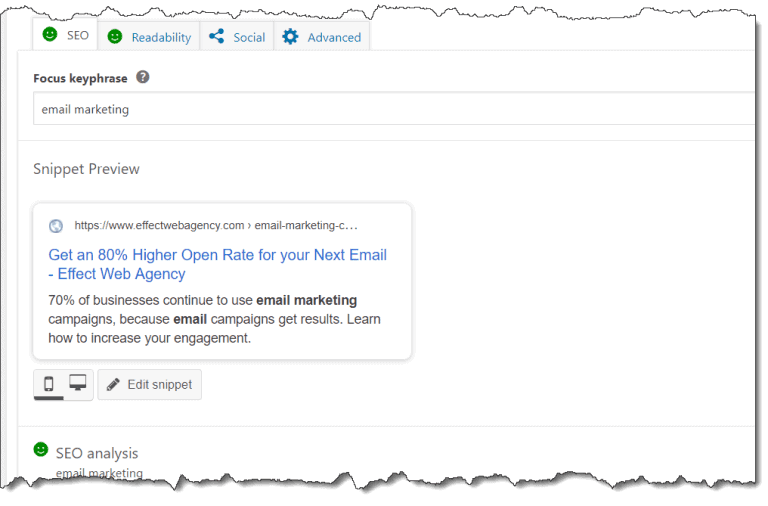
Critical SEO Elements
To properly optimize your landing pages and help improve the organic search position, there are certain SEO elements that factor heavily on a web page.
URL
SEO Title Tag
H1 Heading and Subheadings
Opening Paragraph
Image Alt Text
Content or Text
Internal and External Links
Keyword Density

URL
The URL used for your landing page should be descriptive and short. If the URL is for one of your primary pages, there is a good chance it will appear as a site link and therefore needs to accurately describe the contents of the page for both visitors and the search engines.
If the choice of URL is not obvious, the user’s needs should take precedence. Search engines will consider 200+ ranking factors but visitors will rely on those site links for guidance.

SEO Title Tag
The SEO title is what appears at the top of your entry in the search results. It should contain the keyword that is assigned to the page and should accurately describe the purpose or content of the landing page.
The SEO title should be between 50-60 characters so that it displays in full and does not get truncated. Include the company name if possible.
When adding titles to Product Pages, make sure you include as much of the product title as possible, even if you have to leave off the company name. You can add your company name to the meta description which will display below the title.
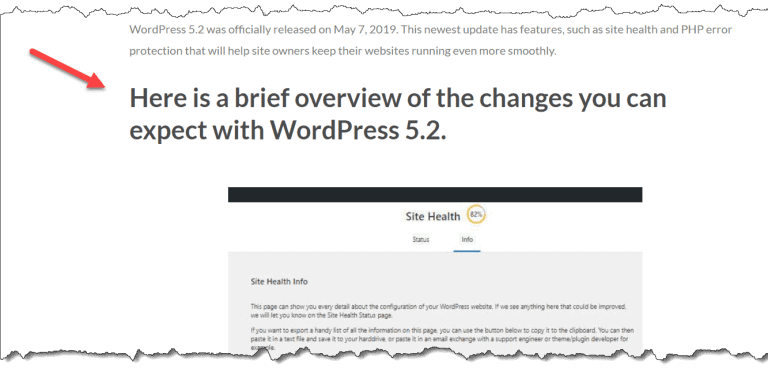
H1 Heading & Subheadings
The H1 heading is the primary heading on a landing page and is extremely important for SEO. In WordPress, most themes format the Page Title as the H1. This is not true of the homepage. Your Homepage must have an H1 manually inserted within the design.
The H1 should be different from your SEO Title (usually the same without the company name) and it should include the same keyword as your SEO Title. If you are coding the H1 manually, put it as close to the top of the landing page as possible.
Subheadings should be spaced so that they break up any section over 300 words. Think of headings as an outline of the page. The H1 is the broad category topic. H2’s are subpoints of the H1 and H3’s are subpoints of the H2’s.
Try to use synonyms or related keywords to the one used in your H1 in your subheadings.
Headings are primarily an SEO tool but they must make sense for your user and they help your visitors skim your page for the information they need.
They also increase website accessibility for those with physical limitations. Screen readers can skip between headings to help locate required information. This could help convert visitors who might otherwise struggle with non-accessible websites.
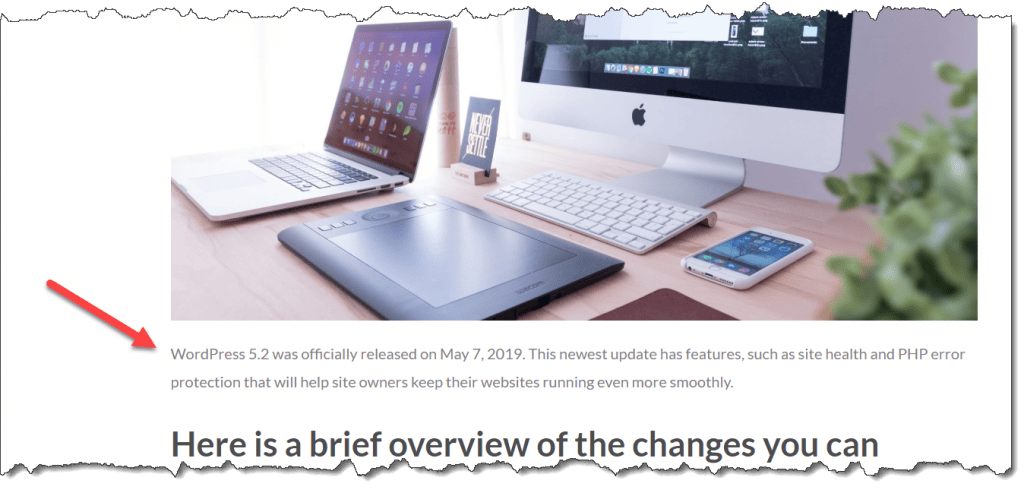
Opening Paragraph
Many times, the opening text paragraph shows as your page summary. It should sum up what is on the page in 150 words or less. You should try to include your primary keyword if at all possible. This helps your visitors identify the content on the page and also helps the search engines establish relevance to a search query.
In other words, your opening paragraph should be written for both your users and the search engines.

Image Alt Text
As was mentioned before, website accessibility helps with both CRO and SEO.
Google cannot determine the purpose or relevancy of an image without alt text. Alt text is also read by screen readers for those with visual impairments. The alt text should be an accurate description of the image and if possible include a relevant keyword.
However, in this instance, keywords are secondary to an accurate description for both SEO and CRO.

Online Content
Every word on a landing page must be carefully considered. Does it add value to the reader? Can the search engines analyze it and determine its relevance to a search query? Does it match the buyer’s stage in the marketing funnel?
Content is so important to both SEO and CRO that in order to fully cover the topic, we are going to need to take a deeper dive into this element than we have with the others.
Should you write for your user or for the search engines?
The short answer here is both. In the past, copywriters were employed at advertising and marketing agencies and their writing was based on the psychology that drove conversions. When businesses started migrating online, digital marketing placed a greater emphasis on SEO writing and conversions were assumed.
In other words, more traffic would mean more conversions. What people didn’t get was that SEO is about increased visibility, that can result in increased traffic, and increased traffic does not necessarily mean increased conversion rates. Since conversions cannot be assumed, you need to write for your user. Higher rankings bring more traffic, but writing for those visitors increases conversions.
Google has posted publicly several times that the best way for a website to rank is to publish high-quality content that is beneficial to the users. This means that content falls under the categories of both SEO and CRO.
What does Google consider to be high-quality content?
A page should have a clearly defined purpose. This should be communicated through SEO best practices and also with the content that is written for the consumer. Just as a store seeks to make shopping a pleasant experience for the customer, you should seek to make any interaction on your site enjoyable for the consumer. This could make a big difference in your conversion ratings.
The writer and the sources for the content should be credible. An HVAC company has a better chance of ranking for “when to change a furnace filter” than a pet store publishing the same article. This is because the topic is more relevant to the visitors of the HVAC company and the content matches related content on the site.
Additionally, unique content stands apart. Rather than using content from other sites, try to create original content and studies related to your site’s purpose. Google identifies unique content as high-quality. This greatly helps your SEO ranking.
The final component is relevancy. Consider that Google is in the business of providing search results. If a searcher cannot find the information they need, all it takes to switch search engines is a click of a button. Therefore, relevancy is of utmost importance and the reason for their frequent algorithm updates.
Focus on publishing material that matters to your customers. Understand their needs and meet them with your content. Don’t concentrate solely on achieving the final conversion. Rather, educate and nurture your prospects until they trust you enough to make that final conversion.

Link Building with Internal & External Links
Internal links and external links are important for both SEO and CRO. Let’s look at external links first.
External Links and Backlinks
An external link is either a link on your site to another site or a link back from an external site to yours. In both instances, you want that link to be to or from a high-quality site that has some relevance to what your company offers.
A link passes ranking power either externally or internally. When you rank to another site, you are essentially giving them an endorsement and passing ranking power to them. The reverse is true when they link to you.
In the past, an SEO specialist might covet every link into the site, good or bad. Now we know that Google looks at those backlinks and evaluates whether they link to relevant content.
Outgoing external links are good for CRO & SEO, and incoming external links help SEO.
Internal Linking
Just as external links pass ranking power through the link, so do internal links. When a high-performing page links to another page, it passes some of it’s ranking power. You have also indicated to Google that the pages are related.
This is where site architecture plays an important role for both CRO and SEO. For CRO, the link structure pulls your visitor through the site until they reach your desired designation.
Internal links help your SEO efforts because they help establish your most important pages on your site and how your content fits together.

Keyword Density
Most people equate SEO with keywords and their placement. They think all you need to do is insert the proper keywords and Google will put you at the top of the search results.
While this used to be the case, keyword density is now just one of over 200 ranking factors that Google is known to consider.
While keyword research is essential for SEO, it also helps with CRO and should be utilized for both. Knowing what your prospects are searching for and the terms they use will help you “speak their language.”
For example, the term “search engine optimization” has a lower search volume than “SEO” because most people shorten the term when they perform a search. In fact, there may be a good number of people out there that aren’t sure what SEO stands for.
If you use the terms that people are searching for and properly insert them in your content, you can improve your rankings and also resonate better with your visitors. Speaking consumer language helps bridge the gap between you and the consumer. This may be the deciding factor in a final conversion. Consumers are more likely to trust a site that speaks plainly and provides them what they need. Remember the buyer’s journey, and try to meet them each step of the way.
Stuffing your content full of keywords is an old SEO trick that no longer works. Search algorithms have improved so that search engines now understand your content’s purpose just from related ideas and phrases.

CRO, SEO & Profitability
Determine your online marketing budget the same way you would your offline advertising budget. First, decide how much you are willing to spend to secure a lead and then how many leads it will take on average to secure a sale.
What happens if that second number shrinks and instead of five leads per sale, you only needed two. SEO will help you target the right people at the right time and CRO will help you send the right message. Together they can increase your reach and conversions and also your profitability.


Related Articles
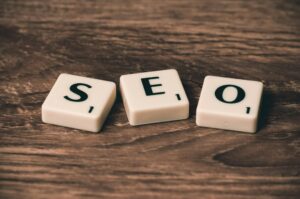
A Checklist of 20 Common SEO Mistakes
Search Engine Optimization (SEO) continues to evolve, but some mistakes remain consistent threats to your website’s success. Avoiding these pitfalls ensures your efforts are effective, sustainable, and aligned with the latest SEO best practices. 1. Starting Without a Strategic Plan Embarking on SEO without a clear plan can waste resources and hinder results. Build a

The Different Types of SEO
In the world of digital marketing, Search Engine Optimization (SEO) ensures that businesses can maximize their online visibility and reach. However, many business owners assume that just one kind of SEO exists. This could not be further from the truth! Whether you own a small start-up or are a seasoned SEO pro, let’s explore the

What Is Your Bounce Rate Telling You?
One of the most underutilized metrics Google Analytics tracks is bounce rate. Most marketers tell you to focus on who is visiting your website, but I believe it’s just as important to understand who is leaving, and WHY. Understanding Bounce Rate There are two types of bounce rate. The first is SERP Bounce Back Rate.


